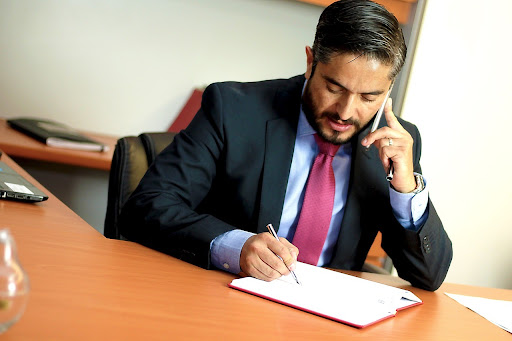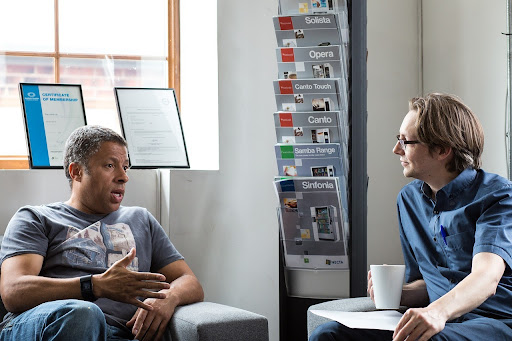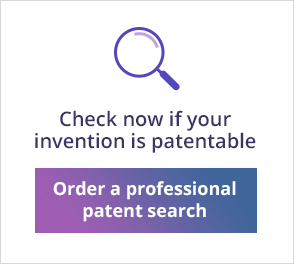Watch out for these common patent mistakes
Our team at Patentest, over the years, has assisted thousands of international companies, medium and small enterprises, and private inventors, on their journey to patent approval. Here are some of the most common patent mistakes we have come across.
1. Disclosing the invention before receiving comprehensive patent protection
Disclosing your idea before protecting it is similar to publishing war plans before going into combat! One of the basic conditions for patent approval is novelty. If your invention has already been publicly disclosed in any way or form, anywhere in the world, you will not be able to have a patent granted. A common mistake made by inventors and researchers is disclosing their invention and sometimes even developing and distributing a product, and only then starting the process of filing a patent. In these cases they expose themselves not only to copying by competitors but also to eliminating any attempt to have a patent for their invention in the future.
2. Neglecting to use professional services and conduct a prior art search
A professional search costs a fraction of patenting and commercialising an invention. Skipping this stage is the equivalent of spending a fortune on building an army and going to war, without first learning the size, position and strength of the enemy.
Many inventors are so in love with their invention that they forget any kind of search, or are satisfied with a quick “google search”, and immediately pursue a patent filing, just to receive a rejection from the patent office specifying a long list of prior art – preventing their patent from being granted.
In the worst-case scenario, they spend even more time and money on developing, manufacturing and marketing a product, just to receive a “cease and desist” letter from a patent owner, demanding a cease of all activities. Thus, they find themselves with huge expensive stock they cannot distribute, while entangled in a legal battle.
A comprehensive professional search done by trained experts, with access to dedicated commercial databases, is an essential step in any patent process (recommended by most patent offices like the USPTO and the EPO).
3. DIY – Neglecting to use a patent agent or attorney
There is no law prohibiting you from drafting and filing a patent yourself. Just like the previous mentioned patent mistakes, many are tempted to draft and file on their own (especially if using the USPTO provisional). This is a little bit like drawing a building plan without using an architect!
Patent laws and regulations are extremely intricate and change from one country to another. Even the tiniest technical issue could cause a patent to be rejected or worse – prevent any hope to have a granted patent in the future.
Drafting patents is a kind of art – a delicate “dance” between the broadest description giving the most comprehensive protection, and the narrowest one maximising the chance of grant, while using “patent language conventions”. In the worst-case scenario, a non-professional application (even a provisional), can irreversibly harm any chance of receiving proper (if any) IP protection.
Using a patent agent/attorney is important, also because most applications get several rejections until granted. The examination process is a long and complicated negotiation that may span from a few months to several years. A skilled and experienced patent attorney dramatically increases the chances of your patent to be granted.

4. Rushing to file a patent without any form of patent strategy
As mentioned, the process of receiving strong international patent protection and successful commercialisation is long, complicated and very costly. It would be a huge mistake to enter such a process without any basic plan.
An IP strategy will detail the best way to receive, handle, and commercialise your IP assets, answering questions such as – What kind of protection is required (patents, design, trademarks etc.) how and where? What is the best way to commercialise my patent? What are the costs of receiving and maintaining my patent/patents? etc.
One very common mistake, deriving from the lack of a basic plan, is failing to choose the optimal patenting path (for example when, where and how to pursue an application which will be discussed below). The outcome can move between – getting a weak single patent, to complete rejection of any patent protection, and even worse cases such as receiving a “cease and desist” letter. In such cases all filings, marketing and manufacturing has been in vain but could easily have been avoided through a patent strategy.
As may be deduced from the above, a good approach to avoid common mistakes is to conduct self-research, then turn to a professional patent search service, and finally discuss the findings with a patent professional. A good and comprehensive search report will allow you and your patent attorney to form the most suitable IP strategy before proceeding.
5. Last but not least – Filing the patent application too soon in too many/few countries, using the wrong filing strategy
One of the most common patent mistakes (which in many cases derives from not forming basic patent strategy), is choosing the wrong time, place and means to file a patent.
Patent protection is territorially based and in order to get sufficient protection, you must eventually file and receive a patent in each country you intend to commercialise your invention. As always, time is of the essence: Once you have filed the first application the clock starts to tick and you have only 12 months to file in all the other countries.
Many inventors file too soon in their home country and then are forced to file applications in other countries, or neglect to file there at all – thus getting a patent in a single country just to discover that anyone is free to produce and sell the invention anywhere else in the world!

More common patent mistakes
Another common mistake in this regard, is filing without considering the optimal mechanism, for example:
- Wasting time and money on filing simultaneously in multiple countries without ensuring their market relevance, instead of using the PCT path.
- Filing premature applications, thus forfeiting the opportunity to thoroughly protect the mature finished product/technology (exposing it to competitors), while neglecting mechanisms such as the USPTO provisional.
These are some of the most common patent mistakes, but surely not all.
In order to avoid them, please contact us for consultation.

